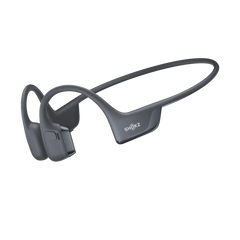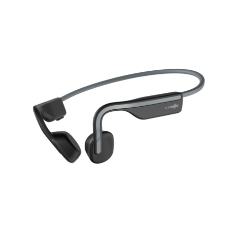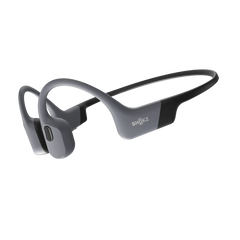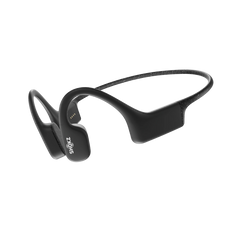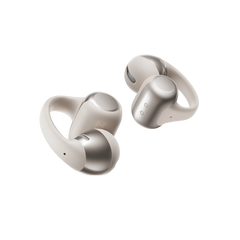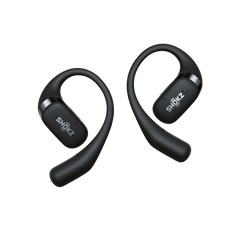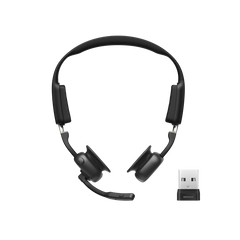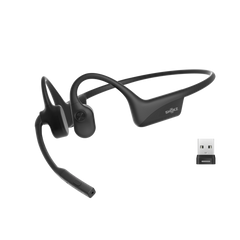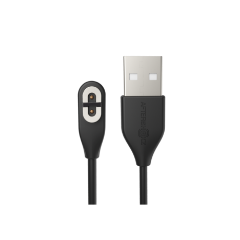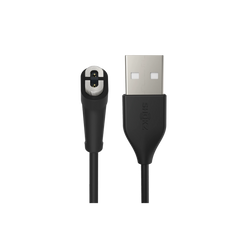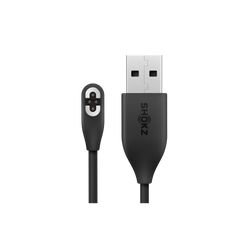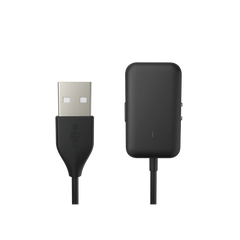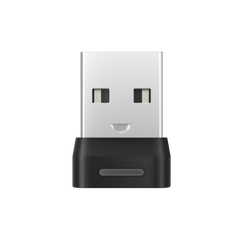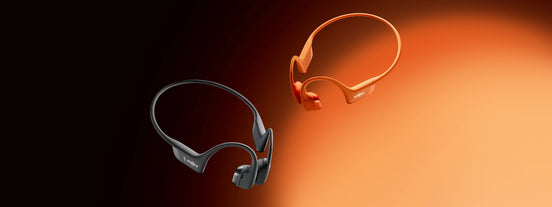Your ears are exposed to harmful noise every day, from the hustle and bustle of city streets to the sounds of public transportation. In such noisy settings, the use of traditional headphones can risk damage to your hearing.
According to the World Health Organisation (WHO), over 1 billion young people are at risk of hearing loss due to unsafe listening habits like playing loud music through headphones.
This is where open-ear headphones come in. They offer a safer alternative that lets you enjoy clear sound while still protecting your hearing. Continue reading to learn how to protect your hearing and discover why open-ear headphones are the ideal choice.
Understanding the Need for Hearing Protection in a Noisy World
With over 1 billion young adults at risk of permanent hearing loss due to unsafe listening practices, hearing protection becomes extremely important. Therefore, it is time to rethink how we protect our ears in everyday environments.
The Rising Risk of Noise-Induced Hearing Loss
Everyday environments, such as city streets, public transport, and workplaces, expose you to noise levels that can damage your hearing over time. Studies show that continuous exposure to sounds above 85 decibels (dB), like traffic or machinery, can lead to permanent hearing loss. The cumulative effect of daily noise exposure is just as harmful as occasional loud sounds, making hearing safety essential for long-term health.
Traditional Headphones and the Problem of Ear Canal Overload
Traditional in-ear and over-ear headphones may seem comfortable, but they increase sound pressure inside your ear canal. This, combined with prolonged use, can lead to ear fatigue, discomfort and long-term hearing damage. In-ear headphones, in particular, direct sound onto the eardrum. This direct exposure to the sound amplifies the risk of hearing loss over time.
What Are Open-Ear Headphones with Hearing Protection and How Do They Work?
Understanding the technology behind open-ear headphones highlights why they are becoming a popular choice for both safety and sound quality. They offer a perfect balance by allowing you to enjoy music while staying aware of your surroundings.
How Open-Ear Headphones Deliver Sound Without Blocking the Ear
Open-ear headphones use bone conduction or air conduction technology to send sound vibrations directly to your inner ear, bypassing the eardrum entirely.
Bone conduction works by transmitting sound through the bones in your skull, typically the cheekbones, to the cochlea. This allows you to hear music without any pressure in the ear canal, which traditional headphones can cause.
Air conduction, on the other hand, uses vibrations transmitted via the skin near the ear to deliver sound. These technologies keep your ears open and protect them from long-term damage.
Built-in Hearing Protection: What Makes These Headphones Safer?
The design of open-ear headphones includes several features that protect your hearing. Many models come with volume limiting. They ensure that the sound does not exceed safe levels.
Some also incorporate sound dispersion technology, which reduces the direct pressure on your ear canal and provides a safer listening experience.
Additionally, ambient pass-through features allow you to hear your environment while enjoying music, ensuring that you stay aware of your surroundings while you are on a jog, cycling, or commuting.
Use Cases: Where Open-Ear Headphones with Hearing Protection Shine
Open-ear headphones are ideal for activities where situational awareness is essential, including:
- Cycling
- Running
- Commuting
- Working in noisy environments (e.g., construction sites, offices)
-
Outdoor workouts/Athletics
- Walking in busy areas
- Travelling in crowded places
In these scenarios, you need to be aware of traffic, other people, or safety warnings, while still enjoying your music or podcast.
These headphones allow you to stay alert and connected to the world around you, without compromising on audio quality.
Choosing the Right Open-Ear Headphones for Hearing Health and Daily Use
When choosing open-ear headphones, it's important to consider features that enhance both comfort and hearing safety.
Key Features to Look For in Hearing-Safe Audio Gear
-
Volume Limiting or Adjustable Caps: Ensure the sound stays within safe levels. It reduces the risk of hearing damage from prolonged exposure.
-
Ergonomic and Comfortable Fit: Lightweight design and a secure fit provide comfort during extended use, preventing ear fatigue.
- IP Rating for Water Resistance: This feature protects against sweat and rain. It makes the headphones durable and suitable for exercise or outdoor activities in various weather conditions.
Comparing Popular Models That Prioritise Hearing Protection
Some brands like Shokz offer a variety of open-ear headphones that prioritise hearing health. The Shokz OpenRun Pro2 Model and Shokz OpenFit 2+ series offer a blend of comfort, high-quality sound, and hearing protection. Below is a comparison of these popular models that ensure situational awareness while providing superior audio.
|
Model |
Key Features |
Ideal Use |
Battery Life |
Technology |
Additional Features |
|
Shokz OpenRun Pro 2 |
DualPitch™ technology, open-ear design for safety, wind-resistant microphones, secure fit for sports. |
Sports, active use |
Up to 12 hours |
DualPitch™ technology |
Comfortable fit, volume control, water-resistant |
|
Shokz OpenFit 2 |
DualBoost™ technology, open-ear design for situational awareness, ergonomic and secure fit. |
Office, outdoor activities |
Up to 48 hours |
DualBoost™ technology |
Wireless charging, enhanced sound quality |
|
Shokz OpenFit 2+ |
DualBoost™ + Dolby Audio for dynamic sound, ergonomic design for comfort, volume control. |
Office, workouts, daily use |
Up to 48 hours |
DualBoost™ + Dolby Audio |
Upgraded silicone layer for comfort, wireless charging |
|
Shokz OpenFit Air |
Lightweight design, Air-Earhook for added stability, balanced sound, open-ear design. |
Day-to-day use, workouts |
Up to 28 hours |
DirectPitch™ technology |
Ergonomic design, easy to use for long periods |
Tips for Safe Listening and Long-Term Ear Health
- Follow the 60/60 rule to protect your hearing. Listen to your audio at no more than 60% volume for no more than 60 minutes at a time.
- Take regular breaks to rest your ears and use noise-monitoring apps.
- Always ensure that you are listening in safe environments.
- Keep your audio at safe levels. It ensures you can enjoy music and podcasts while protecting your hearing for the long term.
FAQs
Can open-ear headphones really protect my hearing?
These headphones reduce pressure on the eardrum and allow for safer ambient listening compared to in-ear alternatives.
Are bone conduction headphones better for hearing health?
In most cases, bone conduction headphones bypass the eardrum entirely. This makes them less likely to cause hearing damage over time.
Do open-ear headphones work in noisy places?
Some headphones do, but they’re best used where ambient noise is manageable. Look for models with directional sound or mild isolation.
What makes a headphone ‘hearing safe’?
Volume limits, open-ear construction, and designs that reduce ear canal blockage all contribute to hearing-safe features.
Can I wear these all day without ear fatigue?
You can wear them for long hours. Most open-ear models are built for comfort and long wear, with minimal ear canal irritation or internal heat buildup.
Do any headphones combine noise control and open-ear safety?
Some newer models offer directional sound with selective noise awareness or dual-mode features.

Ready to Protect Your Hearing Without Giving Up Your Audio? Try Open-Ear Headphones That Care for Your Ears
For daily commuters and night joggers, or anyone seeking safe and comfortable listening, open-ear headphones with hearing protection offer the perfect balance. Enjoy both awareness and high-quality audio with Shokz. Upgrade today for smarter, safer listening.
